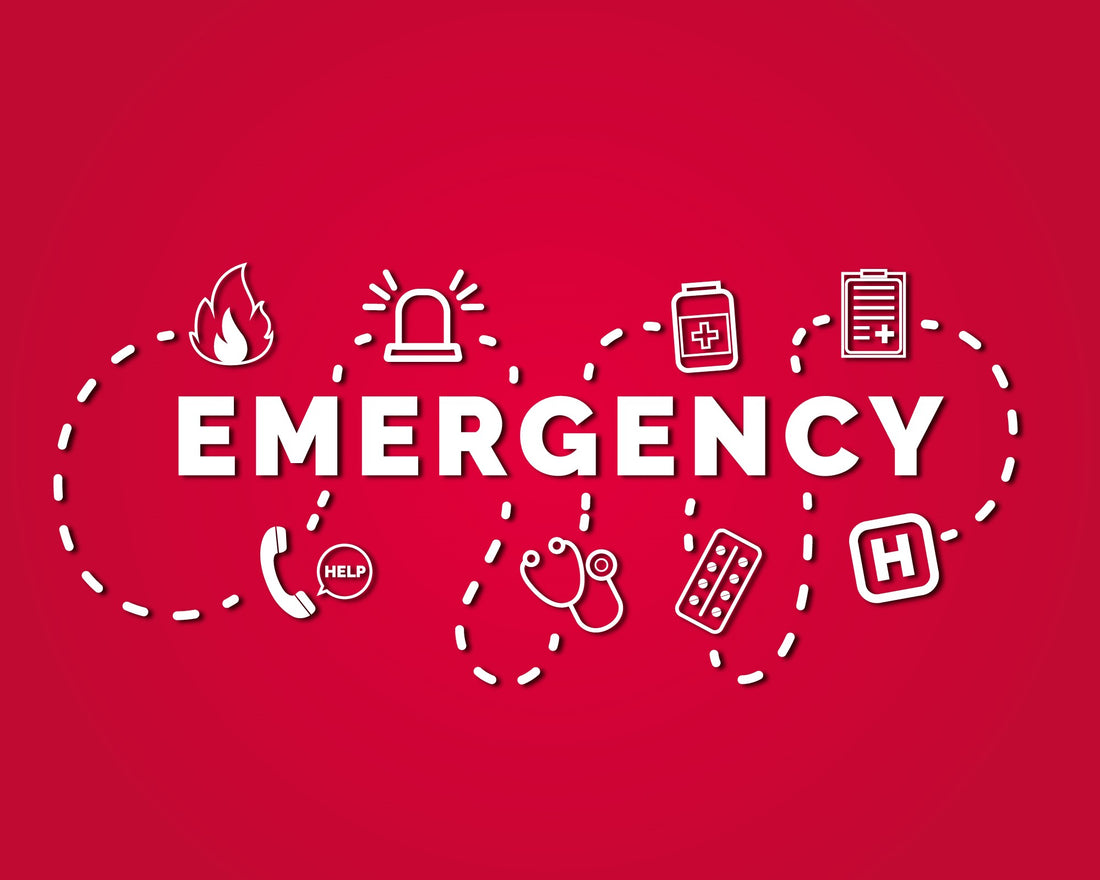Emergencies can strike unexpectedly, and being prepared is crucial for everyone, including those who rely on wheelchairs and other mobility devices to get around. Navigating through unexpected emergencies can be particularly challenging for individuals with mobility limitations. In this comprehensive guide, we will explore essential strategies and resources to empower mobility device users in emergency situations. By taking proactive measures and having a solid emergency plan in place, we can confidently face any unforeseen events.
1. Develop an Emergency Plan:
Creating a personalized emergency plan is crucial for individuals who use wheelchairs and other mobility devices. Start by identifying potential risks in your area, such as natural disasters or power outages. Collaborate with family, friends, and caregivers to establish a clear communication protocol and designate a meeting point in case of separation. Keep a list of emergency contacts readily accessible.
2. Customize Emergency Kits:
Prepare an emergency kit tailored to your specific needs. In addition to the basic essentials such as water, non-perishable food, and a first aid kit, be sure to include the following key items:
· Spare parts for your mobility device: Carry spare parts such as wheels, footrests, and batteries to address any potential mobility aid malfunctions during an emergency.
· Medications and medical supplies: Ensure an adequate supply of necessary medications, medical equipment, and supplies, including catheters, gloves, and any specific medical devices.
· Extra clothing and personal hygiene products: Pack a change of clothes, extra undergarments, and personal hygiene products, including wipes and hand sanitizers.
· Flashlights and batteries: Have a reliable source of light readily available, such as flashlights with extra batteries, to navigate dark environments during power outages or evacuations.
· Emergency contact information: Include a list of emergency contacts, healthcare providers, and important medical information such as allergies and medical conditions.
· Additional batteries and chargers: Be sure to include extra batteries, a fully charged portable power bank, and charge cords for your cell phone and other communication devices.
3. Accessibility Assessment:
Become familiar with the accessibility features of your home, workplace, and frequently visited public spaces. Ensure that your wheelchair ramps, doorways, and emergency exits are kept clear and well-maintained. Make a note of any barriers or potential obstacles that may impede your evacuation in an emergency and address them accordingly.
4.Communication Strategies:
In emergency situations, communication is of utmost importance. Explore various communication methods to stay connected when traditional means fail. Consider investing in a reliable mobile phone with emergency features or a two-way radio. Familiarize yourself with text-based emergency alert systems or smartphone applications designed specifically for emergency notifications.
5. Evacuation Planning:
Develop a thorough evacuation plan in coordination with your emergency contacts. Identify accessible evacuation routes and emergency shelters in your area. Practice evacuation drills regularly to ensure a smooth and efficient process. If you have specific evacuation challenges, such as the inability to use stairs, communicate your needs to emergency responders in advance.
6. Disaster Preparedness Training:
Participate in disaster preparedness training programs specifically tailored for individuals with disabilities. These trainings can provide valuable information on how to respond to various emergency scenarios, including fire safety, severe weather conditions, and power outages. Learning essential first aid and self-defense techniques can also significantly boost your confidence and preparedness.
7. Building a Support Network:
Consider informing neighbors and building management about your specific needs to foster a supportive community network. You may also find it beneficial to establish connections with local disability advocacy organizations, support groups, and emergency management agencies. The following resources can provide valuable information, training, and support during emergency situations:
· Ready.gov (An official website of the U.S. Department of Homeland Security)
· National Disability Rights Network: Fires, Disasters & Emergencies
· Administration for Community Living: Emergency Response
· United Spinal Association: Ready to Roll
By following these proactive measures and strategies, individuals who require mobility assistance can significantly enhance their safety and preparedness during emergency situations. It is crucial to remember that preparedness is an ongoing effort, and regularly reviewing and updating personal emergency plans and supplies is key to ensuring optimal safety and peace of mind. Together, as a community, we can work towards creating a more inclusive and resilient emergency response system for everyone.

